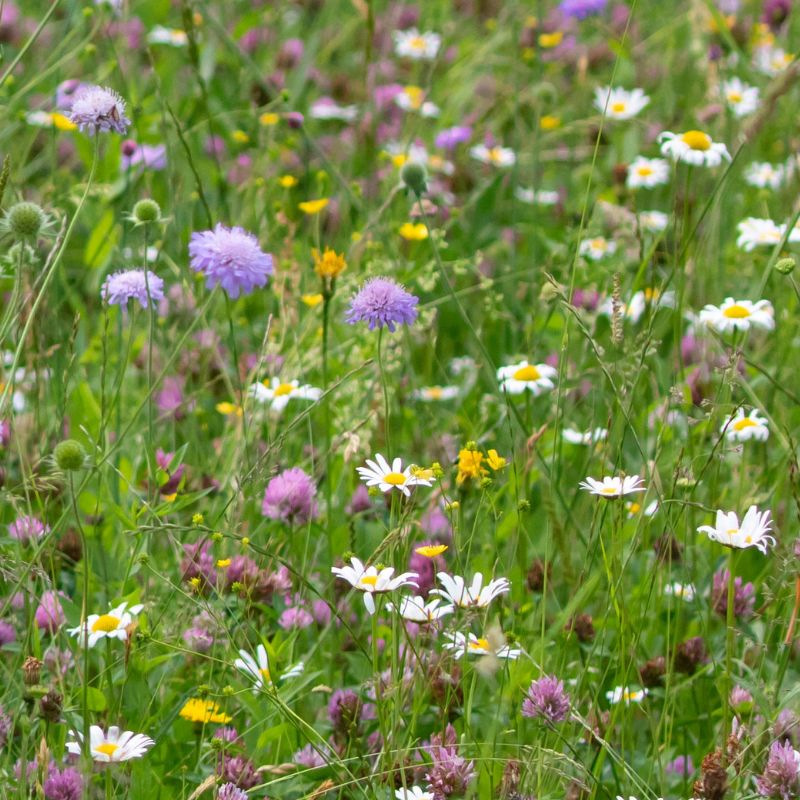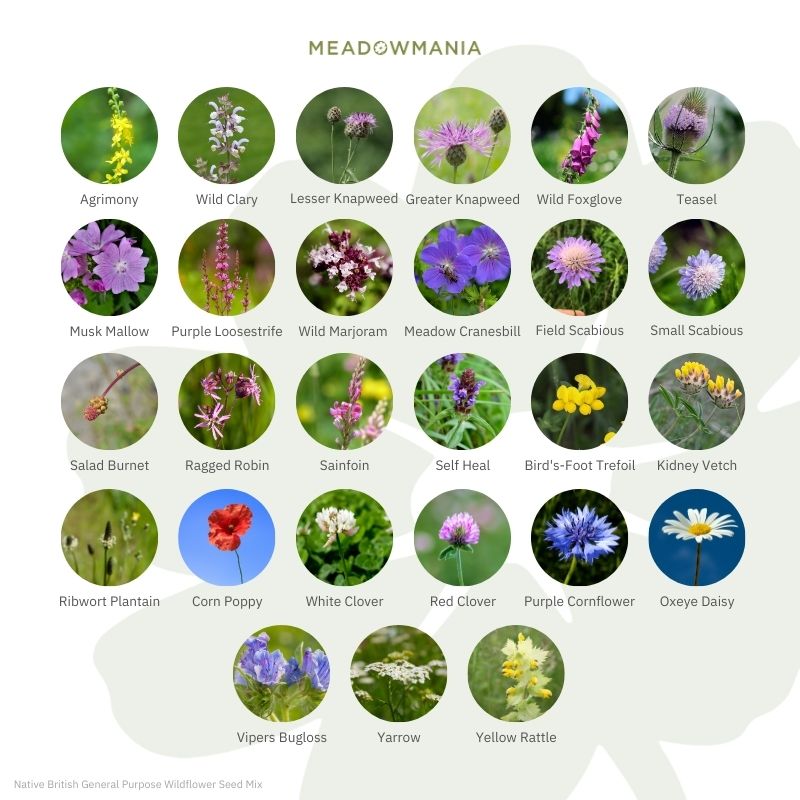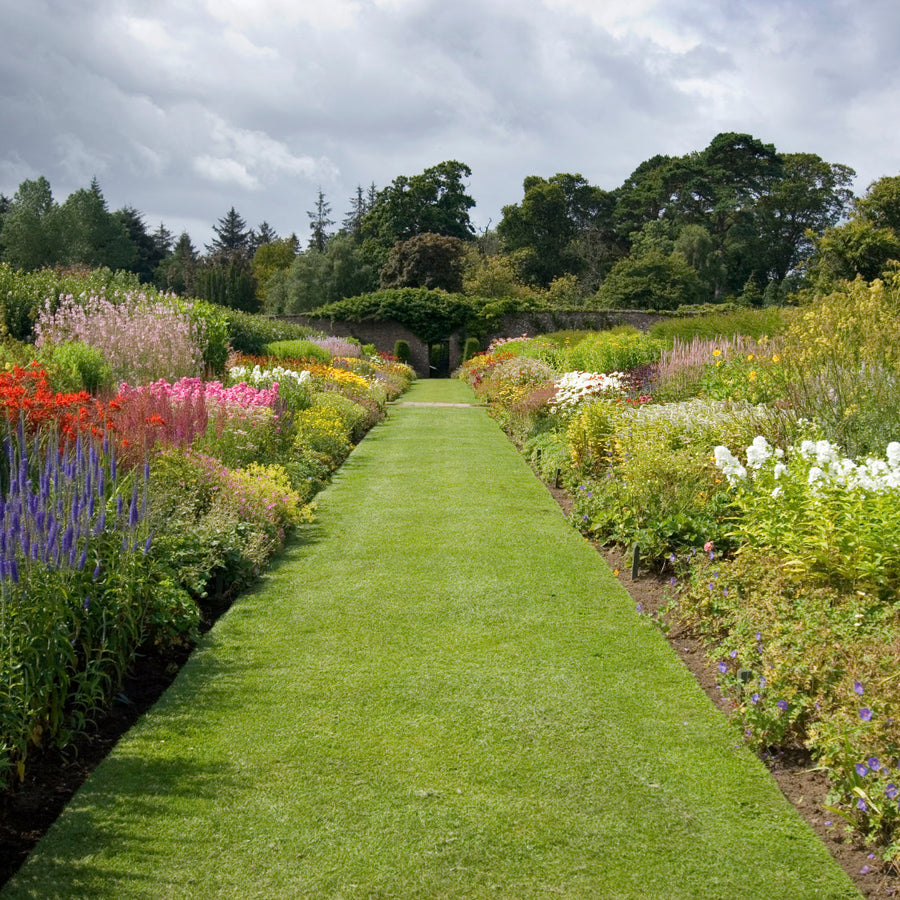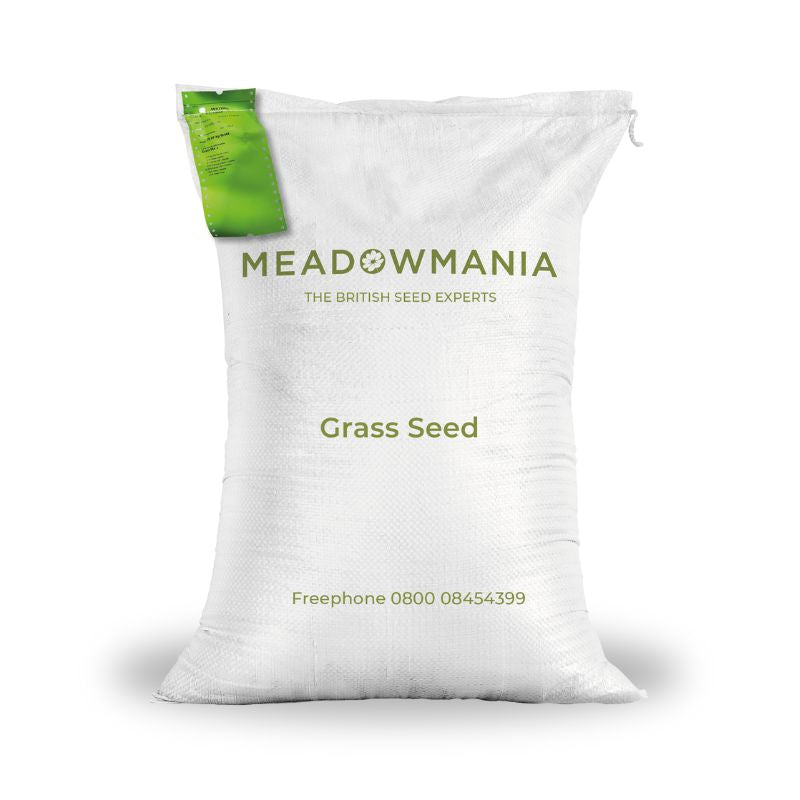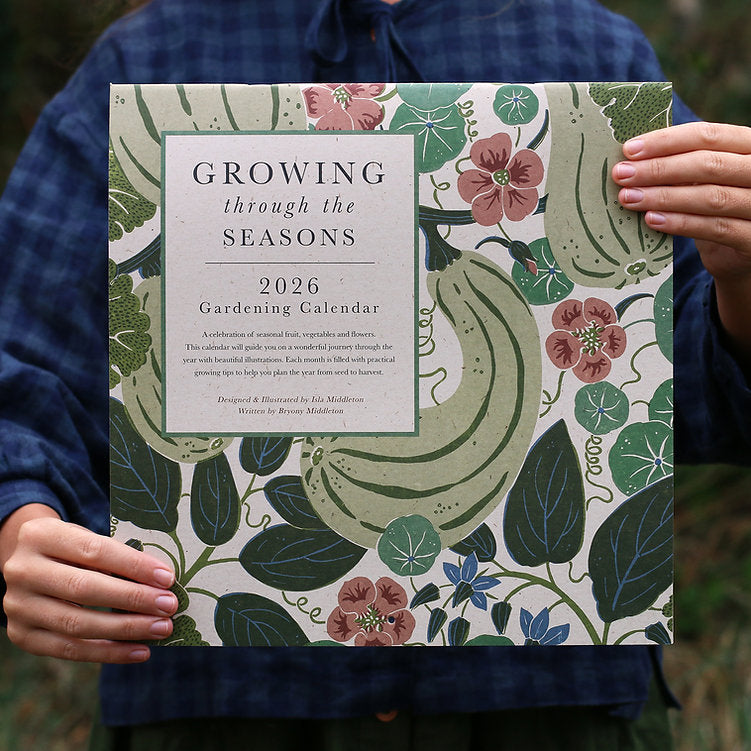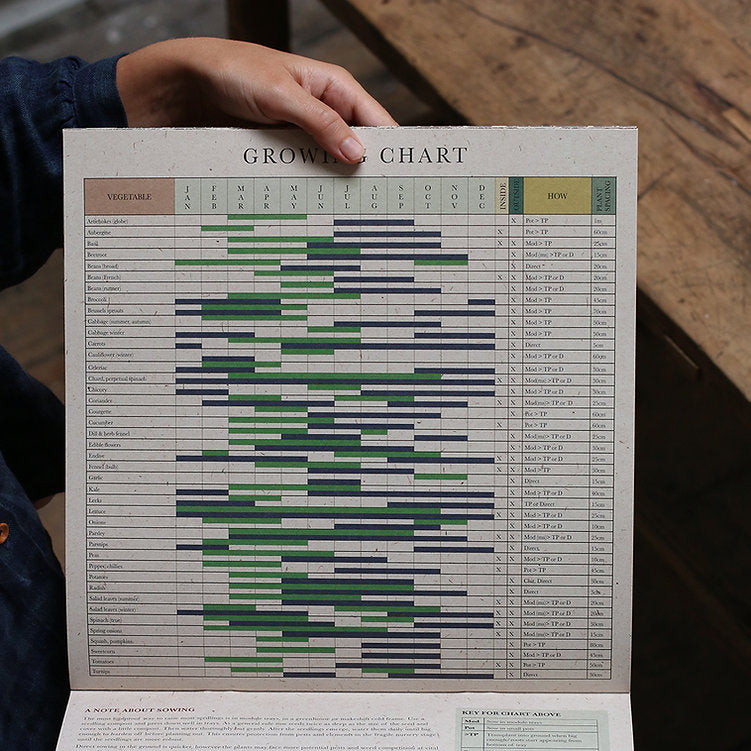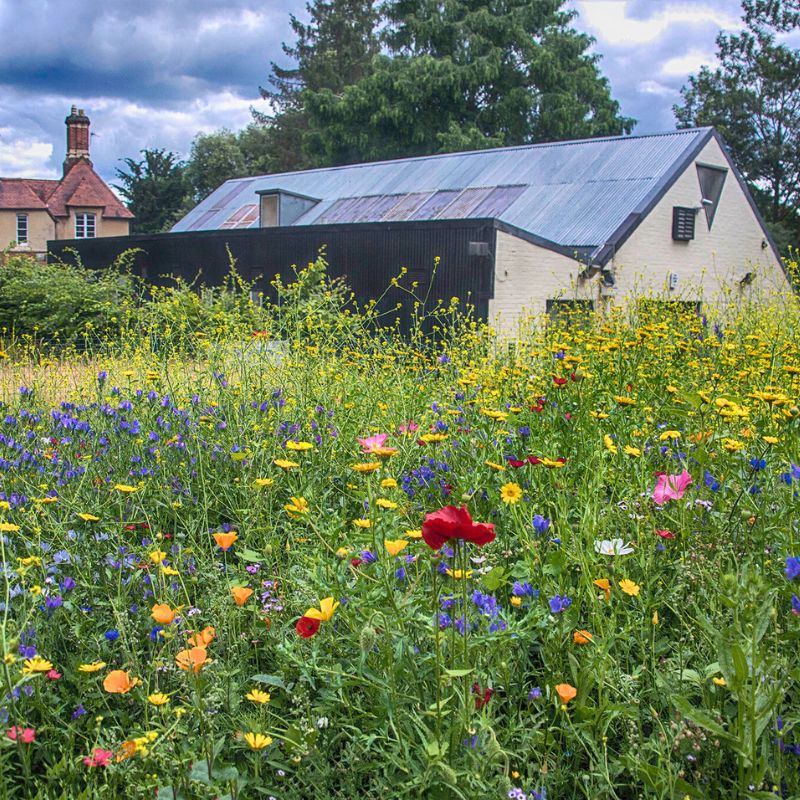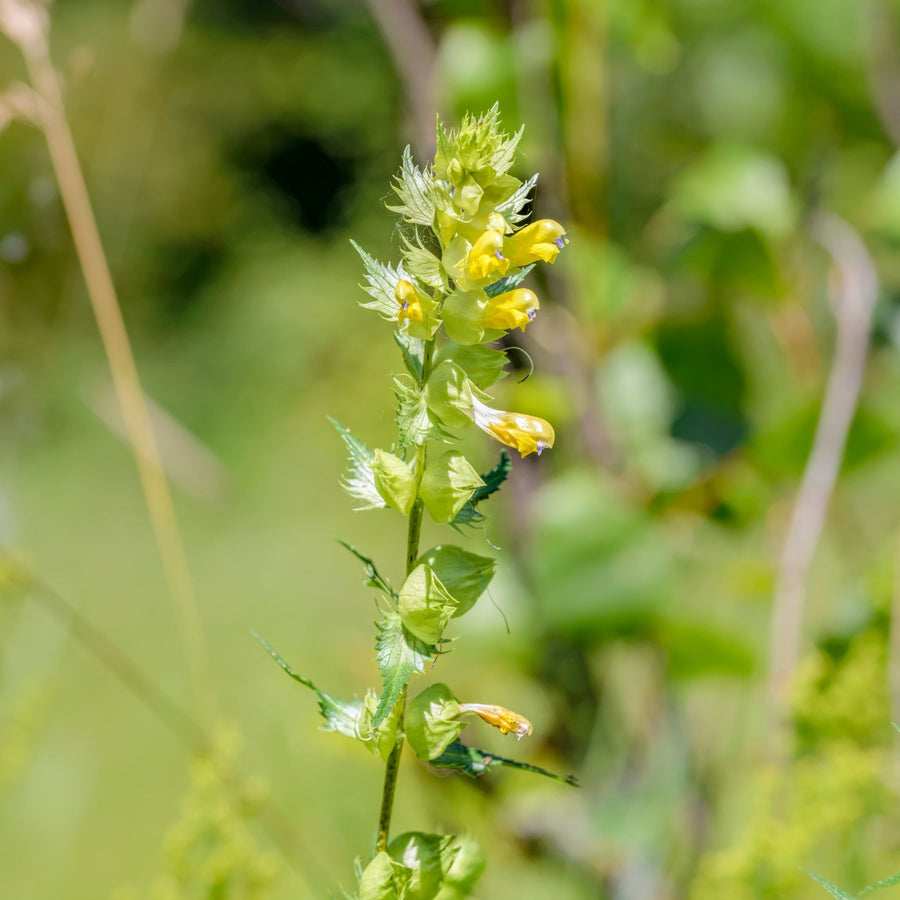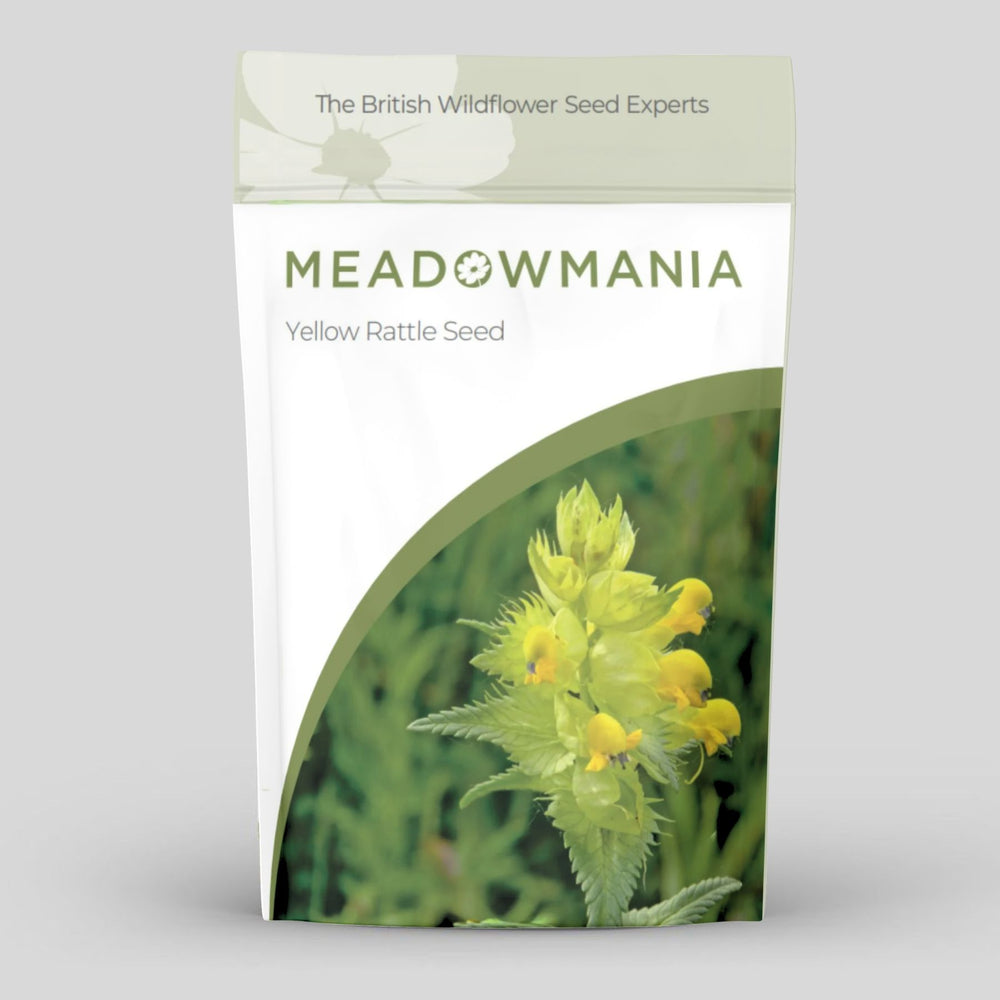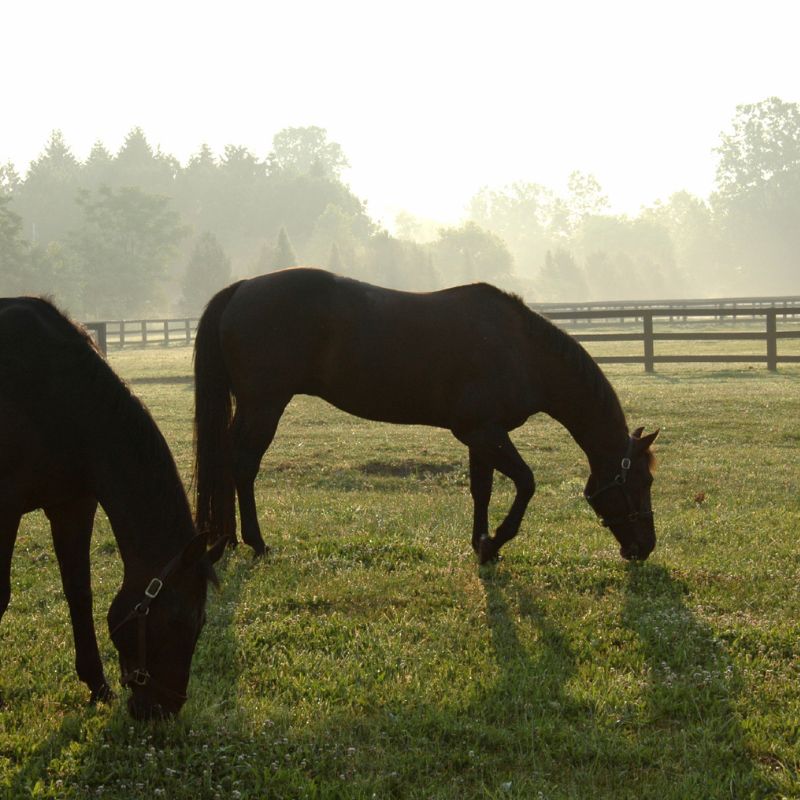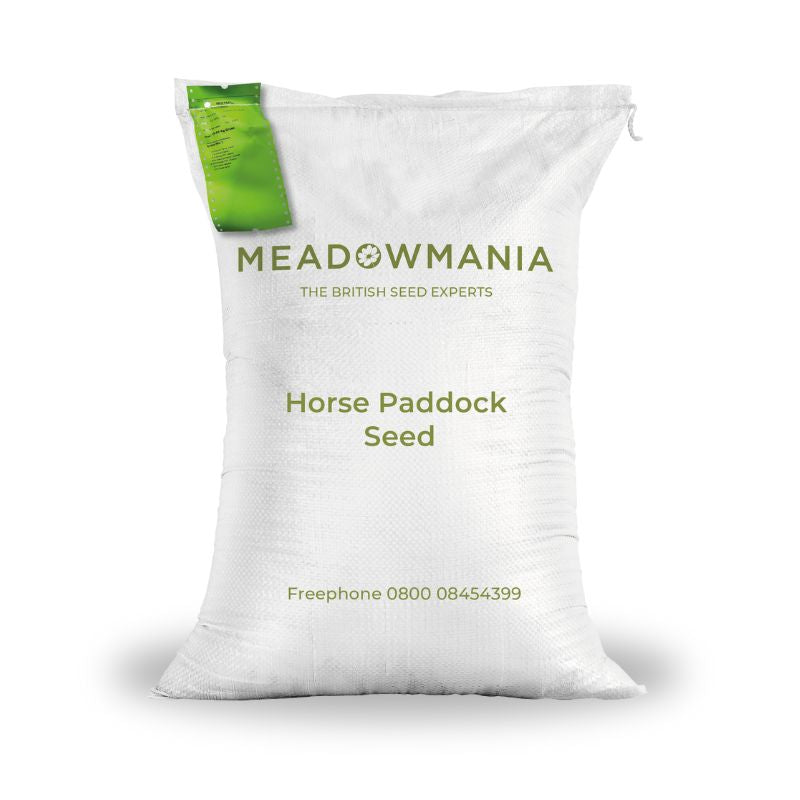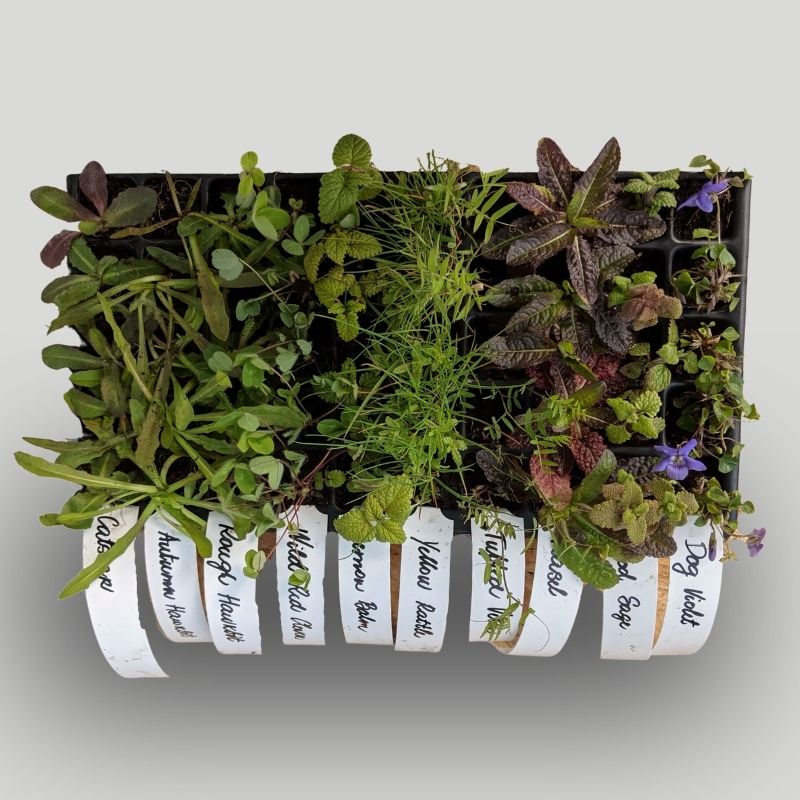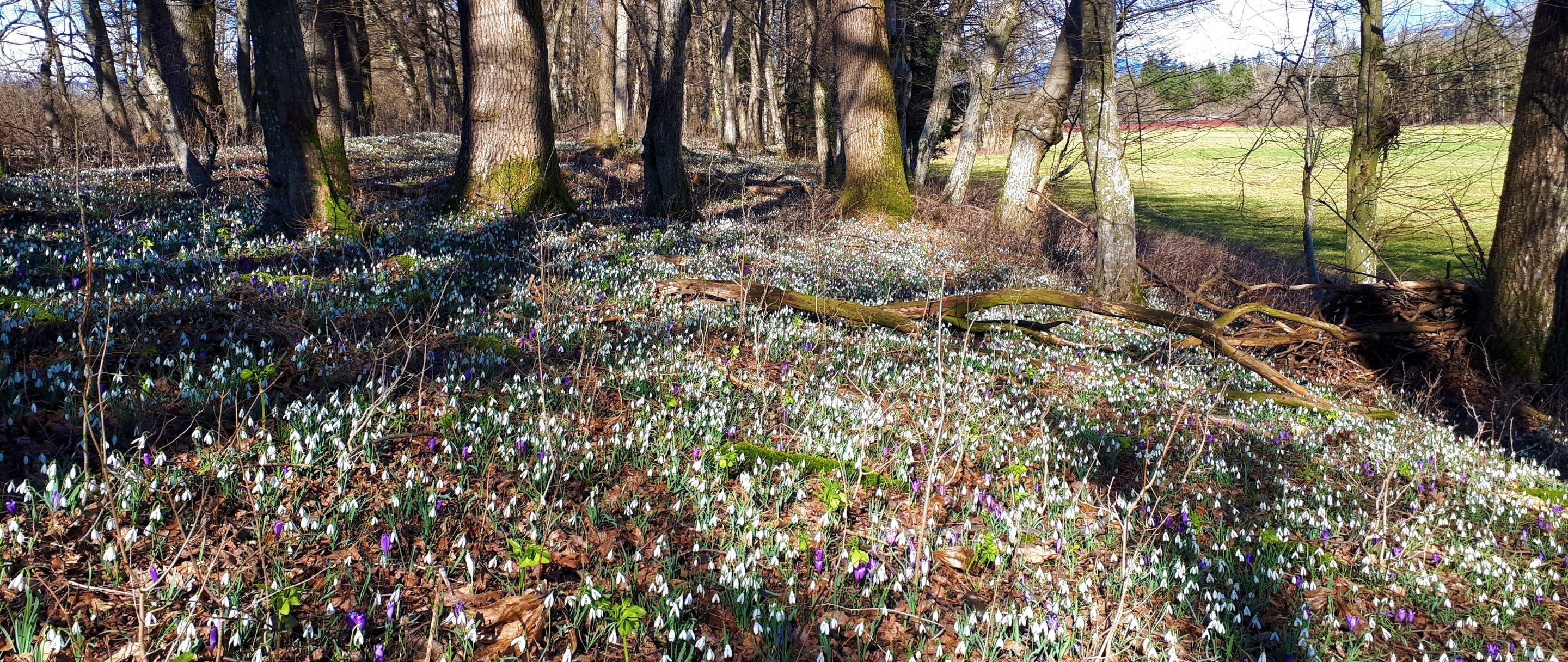
The 5 Best Native UK Bulbs in the Green for Woodland Shade and How To Plant Them
Woodland gardens have a unique charm, with their dappled sunlight, rich earthy scent, and the promise of delicate spring flowers emerging as the weather warms. If you’re fortunate enough to have a woodland area – or even a shaded corner in your garden – planting native bulbs in the green is an excellent way to enhance the space and bring it to life.
Here's our guide to the best native bulbs for woodland settings and how to plant them effectively to give them the best chance to flourish.
Which Bulbs in the Green Are Best for Woodland Gardens?
Woodland gardens tend to be shaded for most of the day, with some spots of dappled sunlight filtering through the canopy. This makes them the perfect home for shade-loving, native wildflowers that naturally thrive in these conditions. So, here’s a rundown of some of the best UK native bulbs in the green to plant for a magical woodland display.
1. Snowdrops in the Green (Galanthus nivalis)

Snowdrops are a classic woodland bulb and probably the most iconic sign of early spring. Their delicate white flowers pop up as soon as the weather begins to warm, often before many other plants have started growing. Snowdrops love a bit of shade and are perfect for those more tucked-away corners of your woodland.
2. English Bluebells in the Green (Hyacinthoides non-scripta)

If you want to create that dreamy woodland carpet of blue, bluebells are your go-to bulb. These beauties thrive in dappled shade and will soon spread into gorgeous drifts, particularly in the cooler, damp spots of your woodland. Plus, they’re a great choice for planting in the green because they’re hardy and settle in easily.
3. Wood Anemones in the Green (Anemone nemorosa)

For a splash of white and soft yellow, wood anemones are another perfect choice. These delicate flowers thrive in sunlight, blooming early to soak up the light streaming through the bare canopy of broadleaf woodlands, where they soon form a lush carpet of greenery.
4. Wild Garlic in the Green (Allium ursinum)

Wild garlic (or ramsons) is another fantastic choice for woodland areas. Not only does it fill the air with that unmistakable garlic scent in spring, but its soft white flowers and lush green leaves are perfect for shady, damp spots. Wild garlic is a brilliant ground cover, and once it’s settled, it’ll spread across the woodland floor, adding texture and fragrance to your garden.
5. Lily of the Valley (Convallaria majalis)

Known for its sweet fragrance and delicate white bell-shaped flowers, lily of the valley is a stunning addition to woodland gardens. This perennial thrives in shaded, moist areas, making it ideal for the dappled light of woodland settings. With its lush green leaves and graceful blooms, it creates a beautiful ground cover that spreads over time, adding both beauty and a pleasant scent to the woodland floor.
When to Plant Your Woodland Bulbs in the Green
The best time to plant bulbs in the green is, of course, as soon as you can get your hands on them! For bulbs like snowdrops and bluebells, early spring is an ideal time to plant. It gives them plenty of time to establish before the growing season kicks into full gear. That said, as long as the ground isn’t frozen or waterlogged, you can get away with planting them through to late spring.
You’ll want to plant your bulbs in the green as soon as possible after receiving them, as this gives them the best chance of settling in and blooming next season. The sooner they’re in the ground, the better they’ll establish their roots and get ready for next year’s show.
Tips for Planting Your Woodland Bulbs in the Green
Here are a few tips to keep in mind if you want your woodland bulbs to thrive:
1. Choose the Right Spot
Woodland bulbs in the green are used to slightly shaded areas with moist, well-drained soil, so try to plant them in parts of your garden where they’ll get a bit of dappled sunlight but not full-on afternoon sun. Under trees or near shrubs is perfect. The soil should contain plenty of organic matter. If your soil is a bit heavy, you can mix in some leaf mould or compost to improve drainage.
2. Plant Bulbs at the Right Depth
When planting bulbs in the green, it’s important to plant them at the correct depth! You’ll want to plant your bulbs at roughly the same depth they were in the ground (or the pot) when you received them. For most woodland bulbs, this is around 10 to 15 cm deep. As a general rule, larger bulbs like daffodils will go deeper than smaller ones like snowdrops. Find out more about ideal planting depths for bulbs in the green here.
3. Space Your Bulbs in the Green
Woodland bulbs like to spread out over time, so don’t overcrowd them! Space them about 10 to 15 cm apart for a more natural look. If you’re planting larger bulbs you can space them a little further apart. A looser, more informal planting pattern will look better in the long run and give your bulbs room to grow.
4. Planting Tools: Bulb Dibber vs. Hori Hori Knife
While planting woodland bulbs in the green doesn’t require an extensive array of tools, having the right ones can significantly simplify the process.
- Bulb Dibber: If you’re planting small to medium-sized bulbs like snowdrops, bluebells, and wood anemones, a bulb dibber is a great choice. It lets you create a neat hole without disturbing the surrounding soil too much, which is perfect for planting in delicate, shaded spots.
- Hori Hori Knife: If your woodland area has tougher soil or if you’re planting larger bulbs, a Meadowmania hori hori knife is a fantastic tool. This Japanese garden tool is sharp, serrated, and perfect for digging into the ground, cutting through roots, or making a hole for a bulb in more compact soil.
5. Water and Mulch
Once your bulbs in the green are in the ground, give them a good watering to help settle the soil around them. If the soil is on the drier side, a layer of mulch—such as leaf litter or well-rotted compost—will help keep moisture in and protect your bulbs over the colder months. Plus, it’ll provide that woodland look we all love.
6. Leave Them to Naturalise
Woodland bulbs are known for naturalising—meaning they’ll spread and come back year after year with little intervention from you. Once they’re planted, the best thing you can do is leave them to it! Over time, you’ll see more and more flowers each spring, and they’ll eventually form their own beautiful little woodland carpet.
And there you have it! A simple guide to planting UK native bulbs in the green in your woodland garden. Whether you’re creating a full-blown bluebell-filled wonderland, adding the sweet fragrance of wild garlic, or just tucking in a few snowdrops, these bulbs will give your garden a magical touch year after year. So, check out our range of bulbs in the green including our 5 top species for woodland gardens and grab your dibber or Meadowmania hori hori, and get planting! Your woodland retreat will thank you for it.


